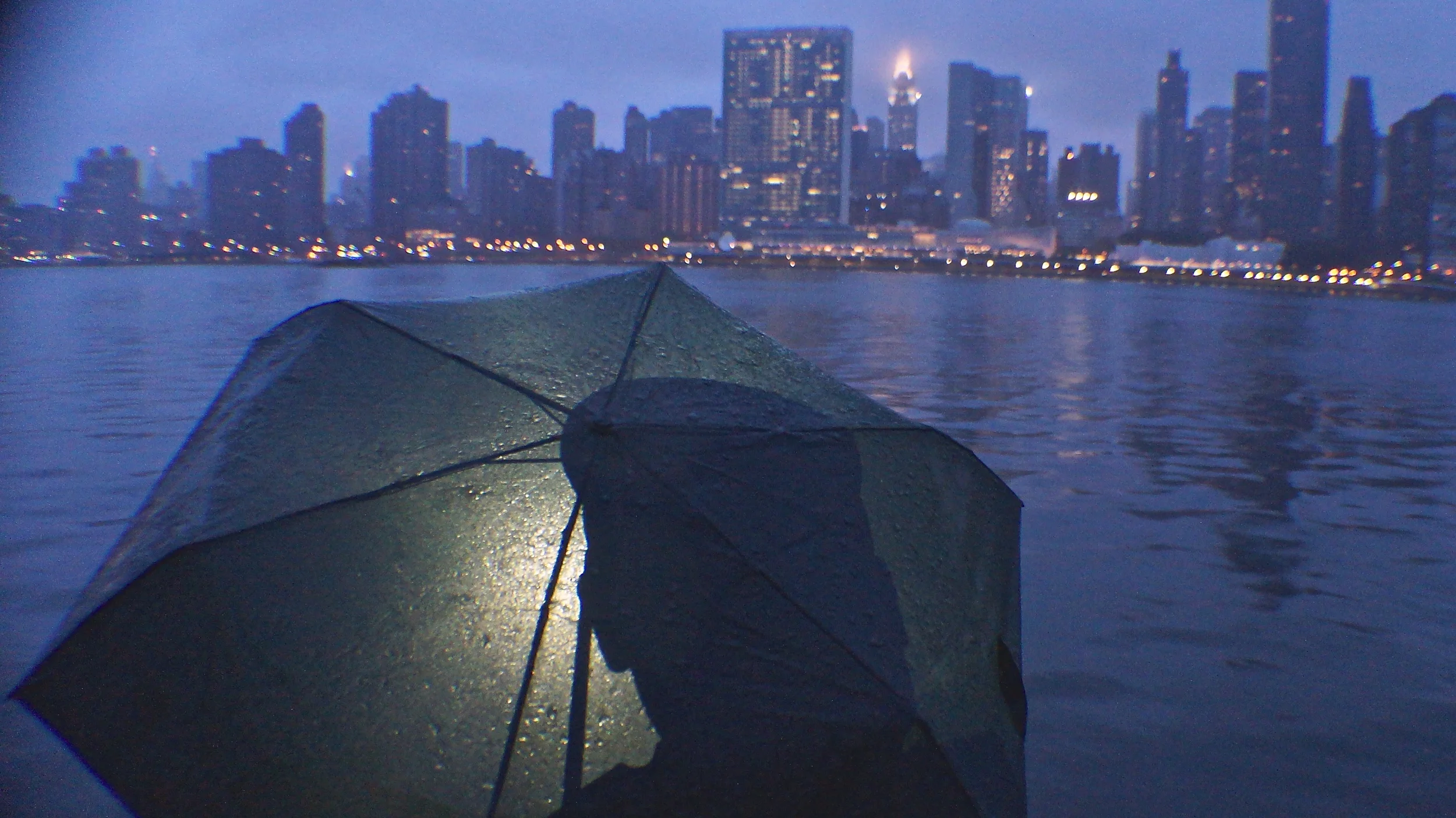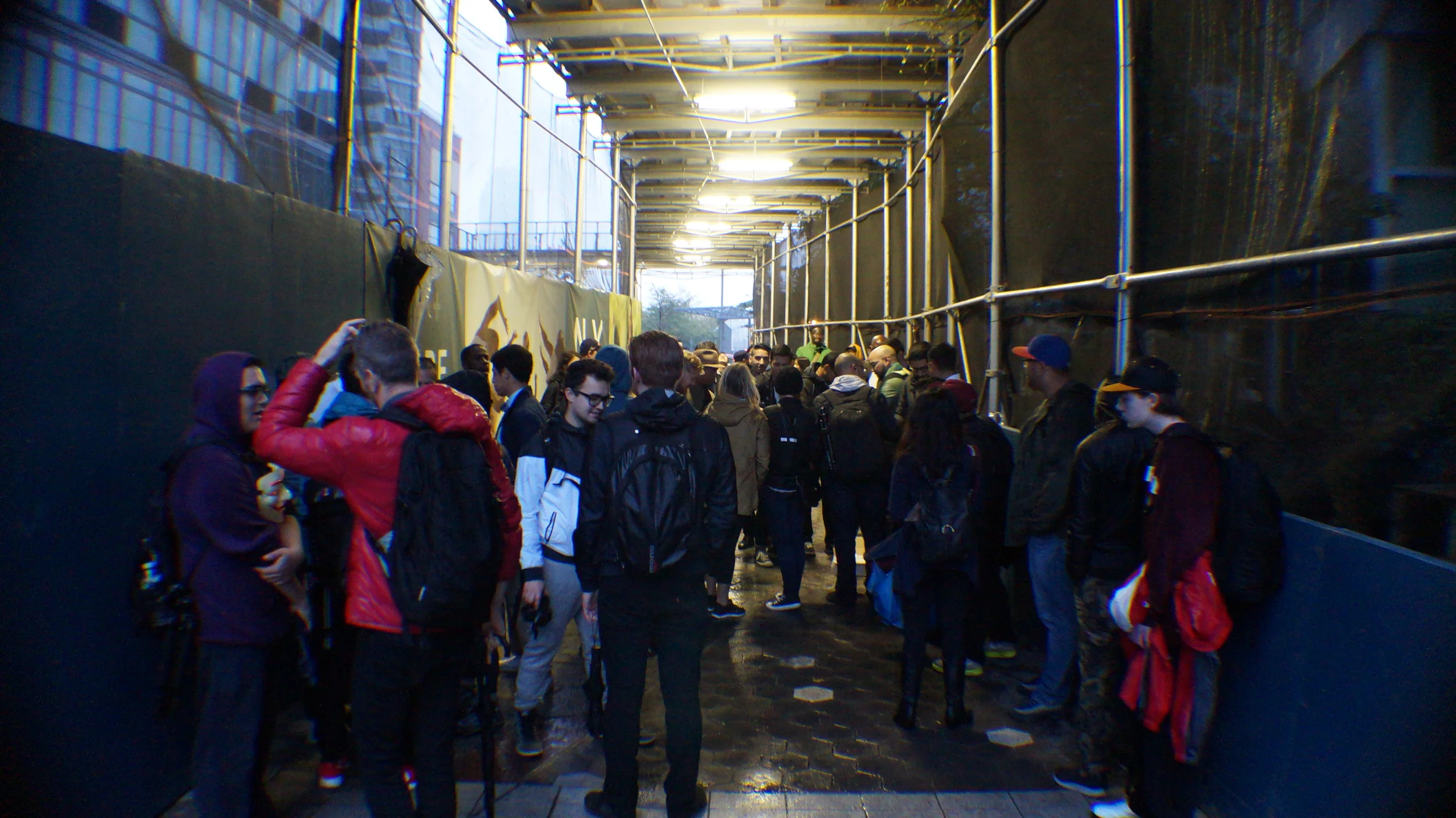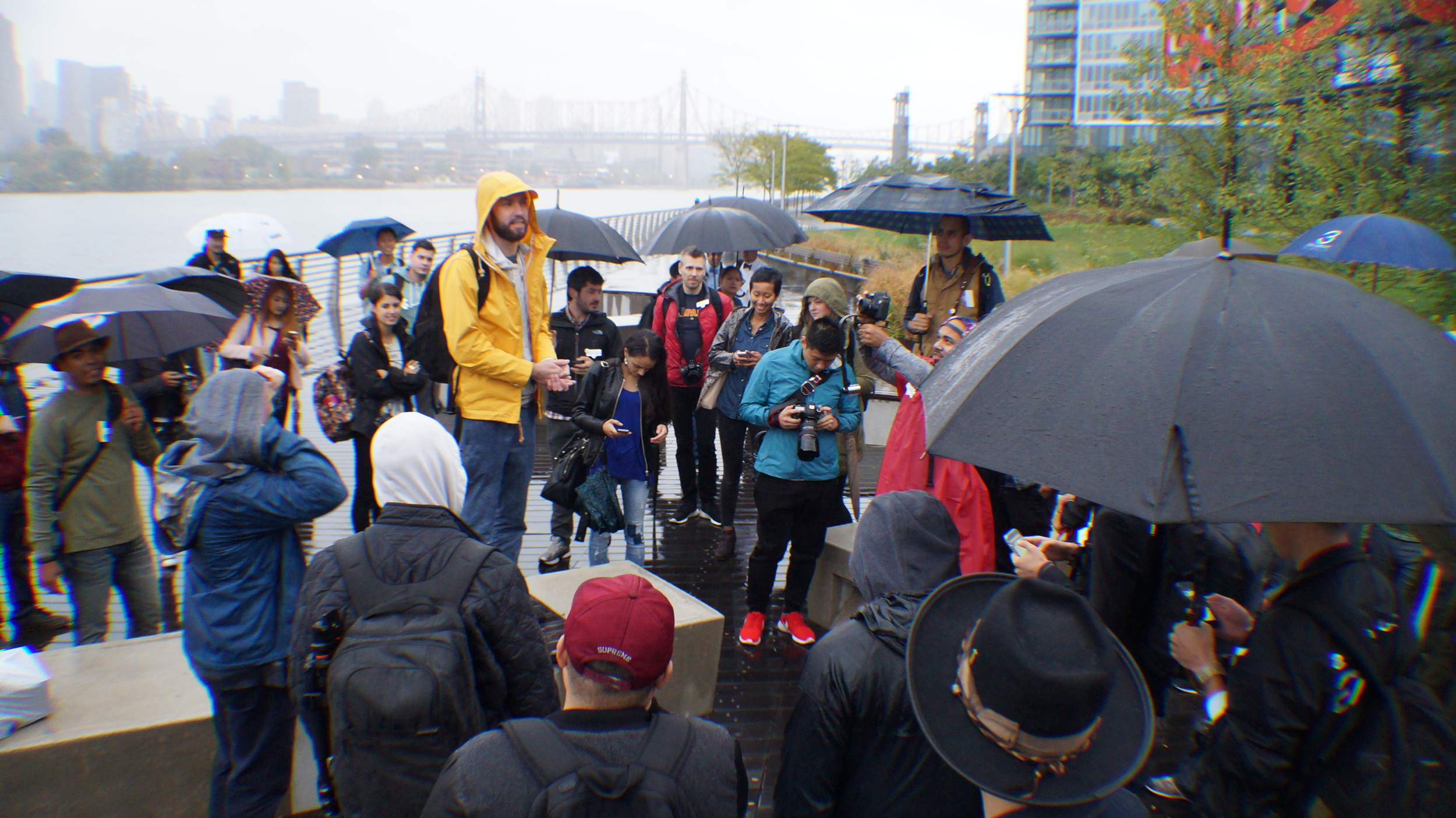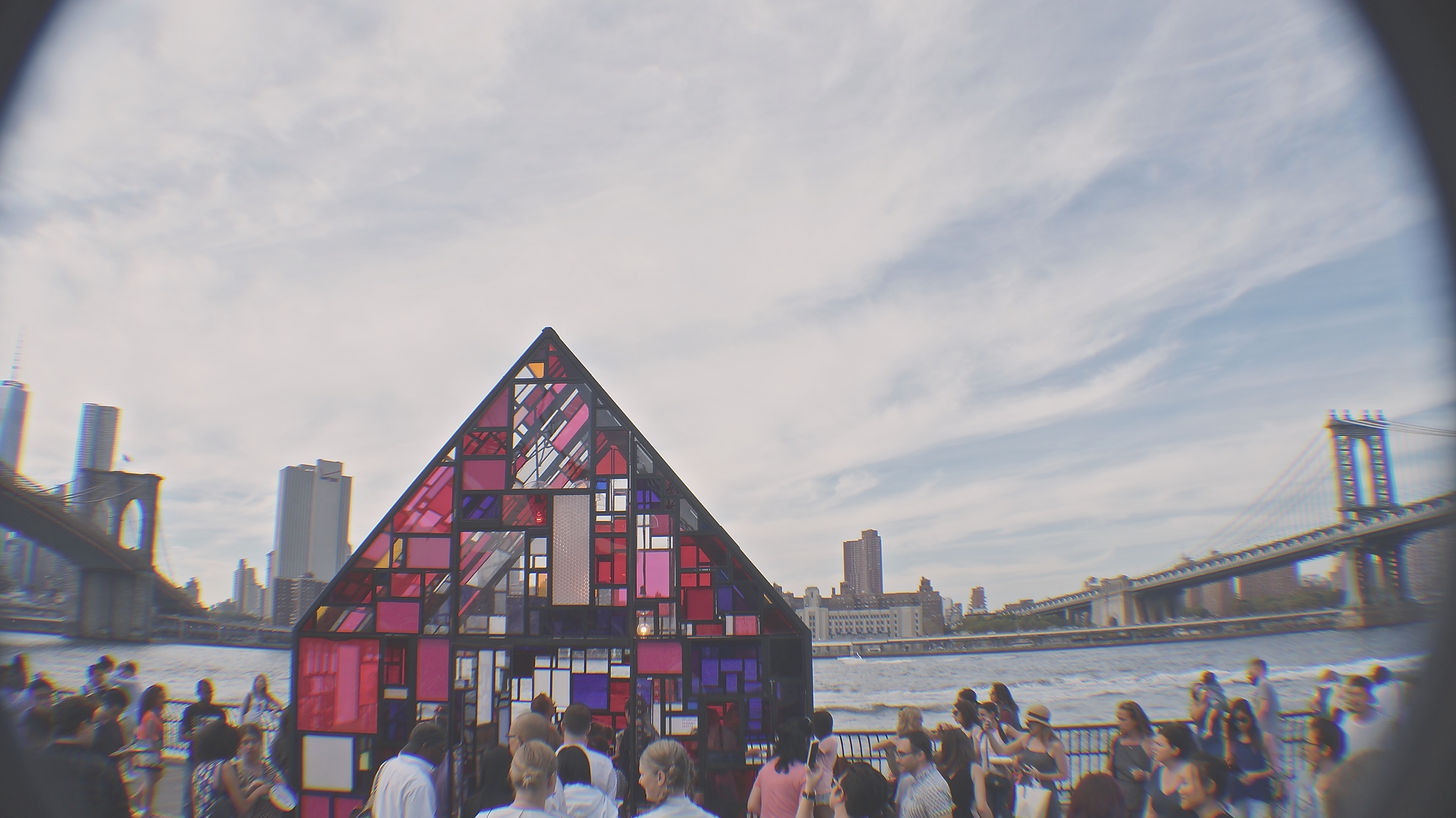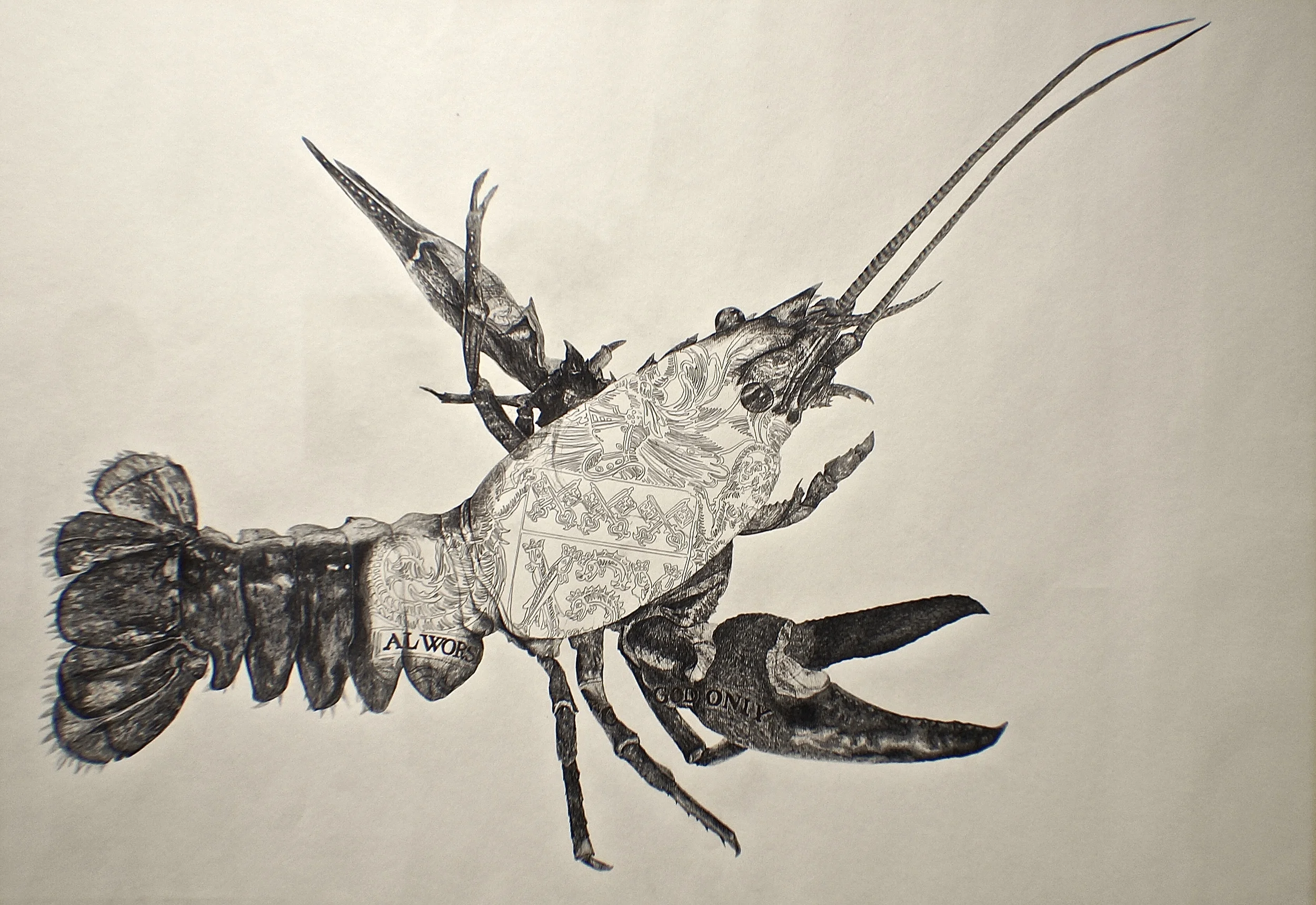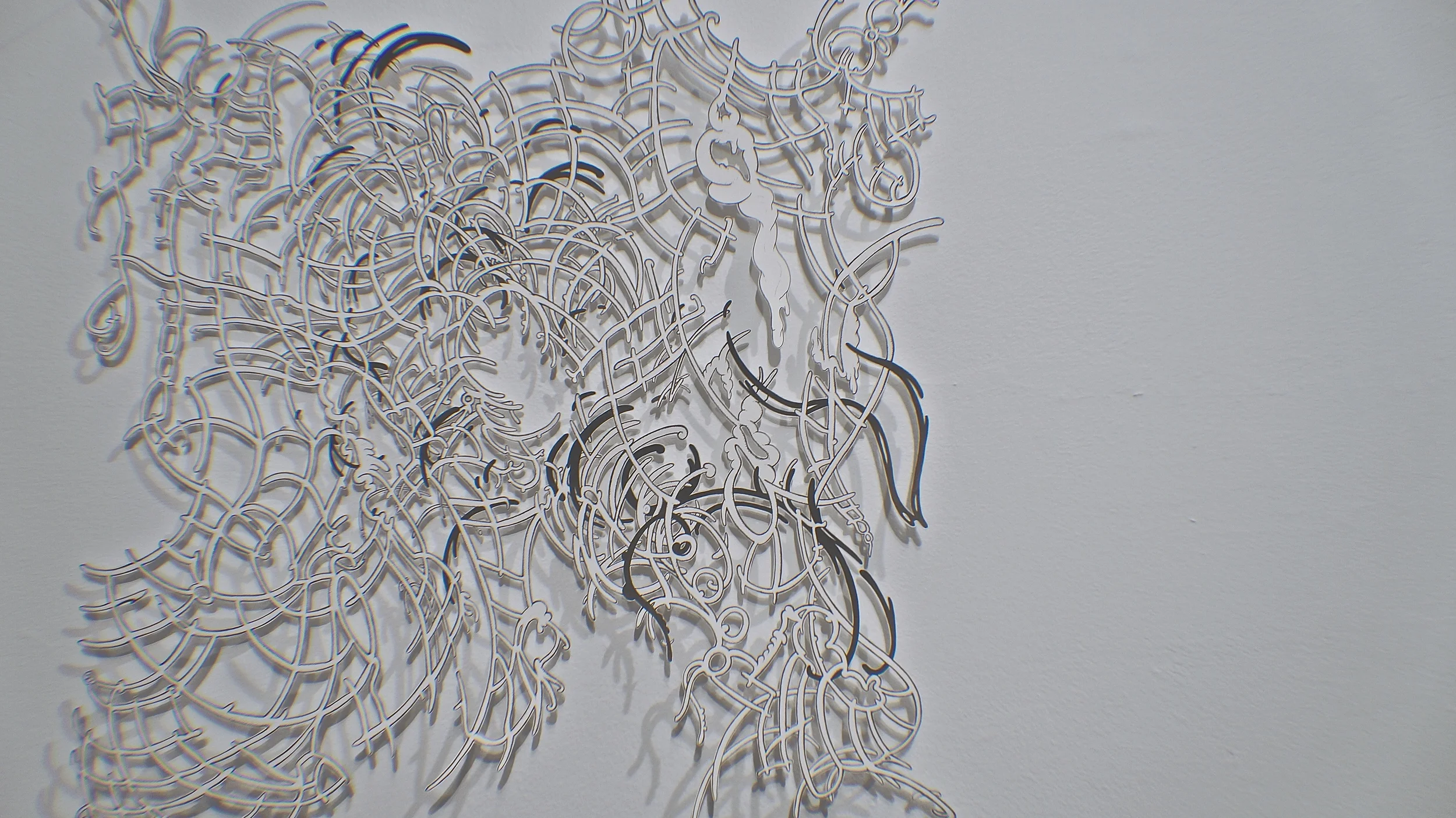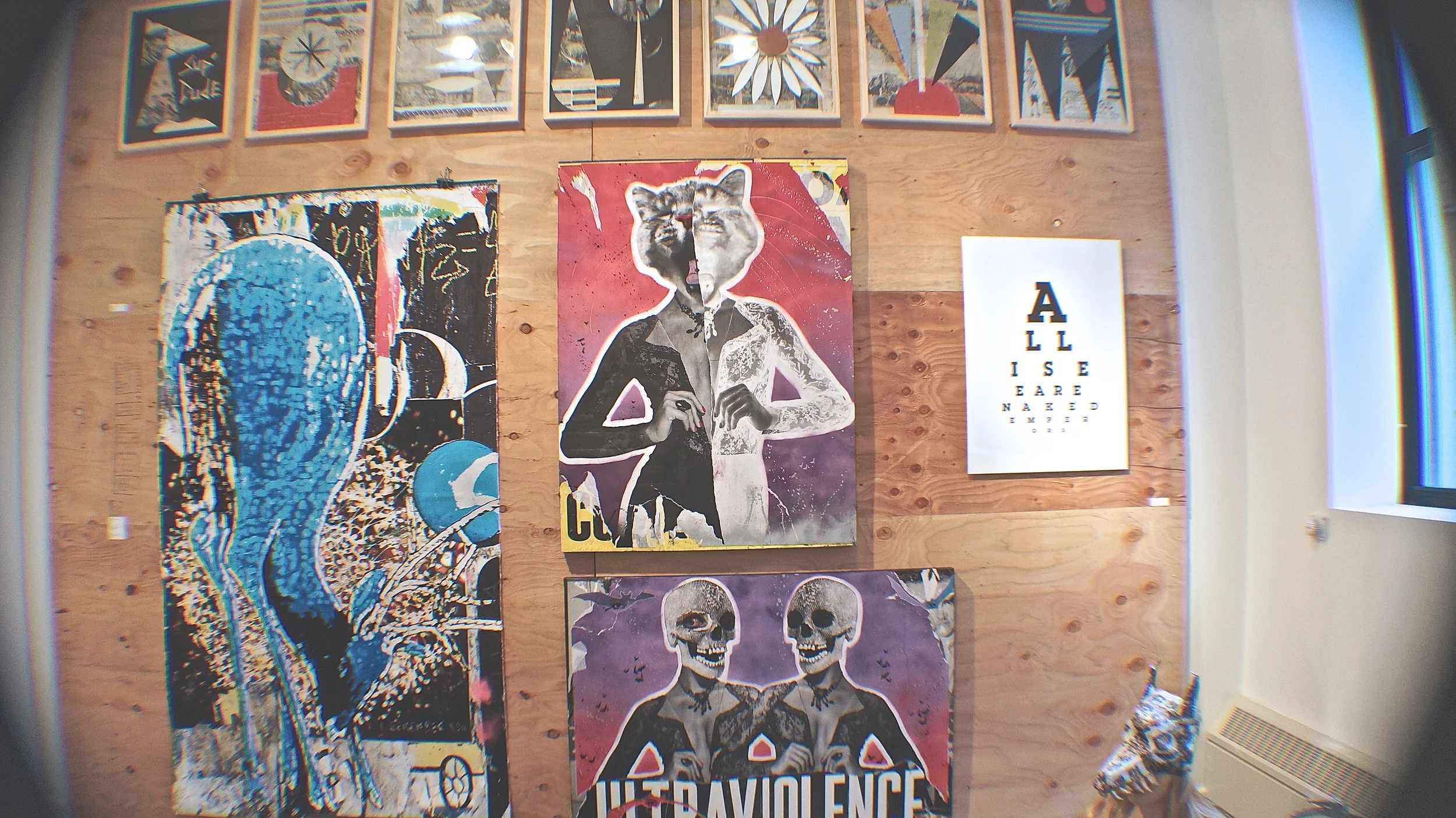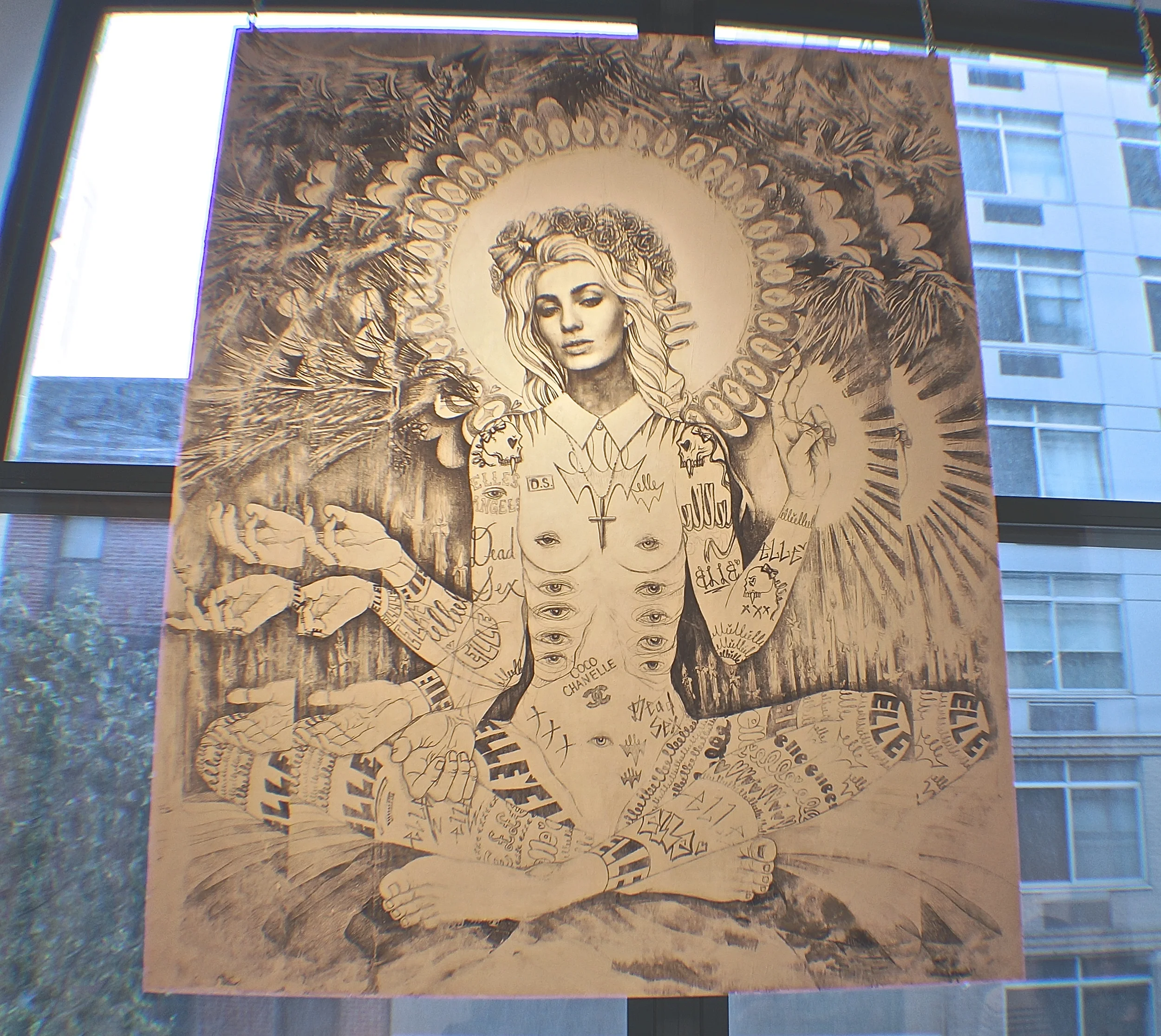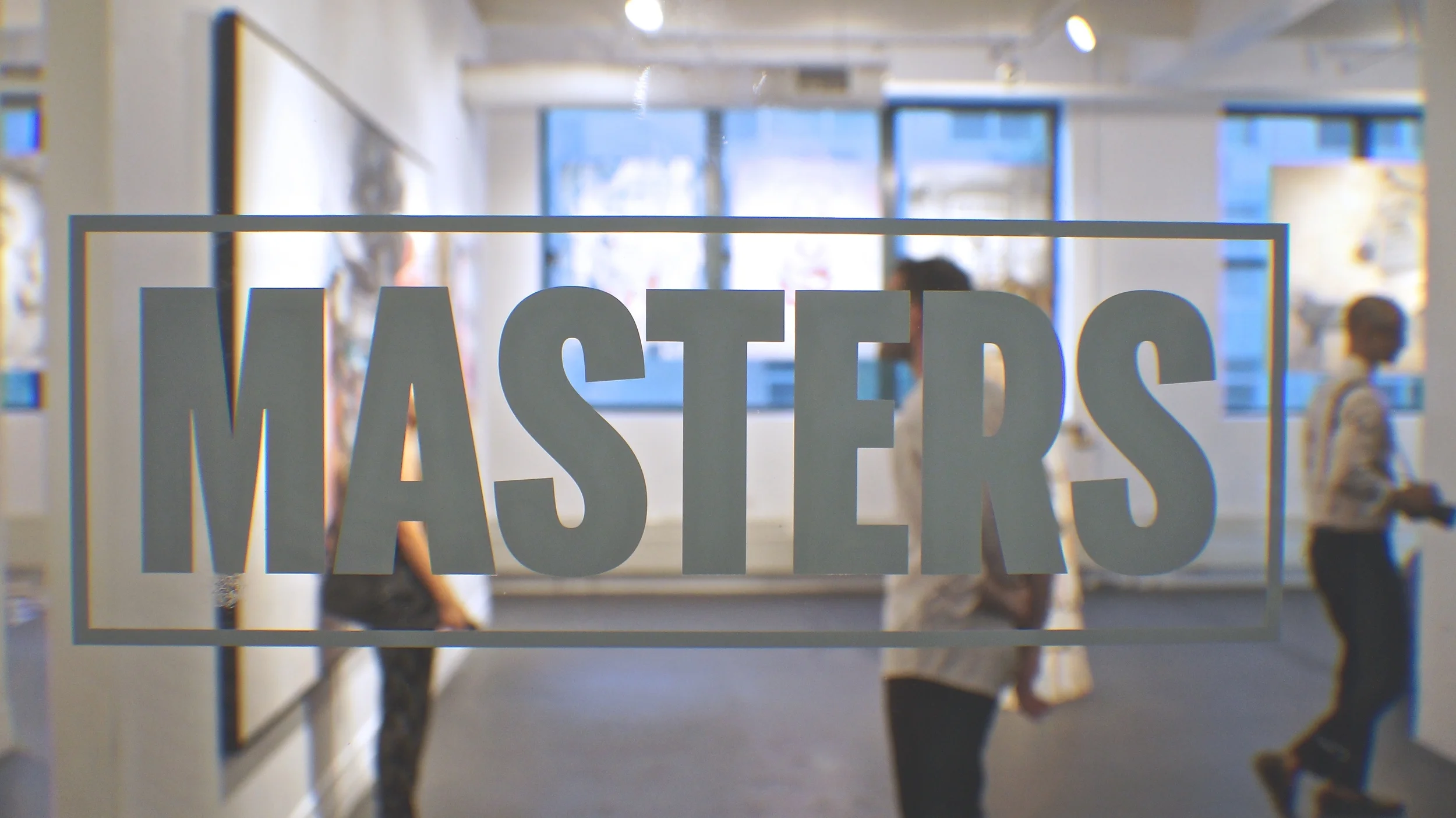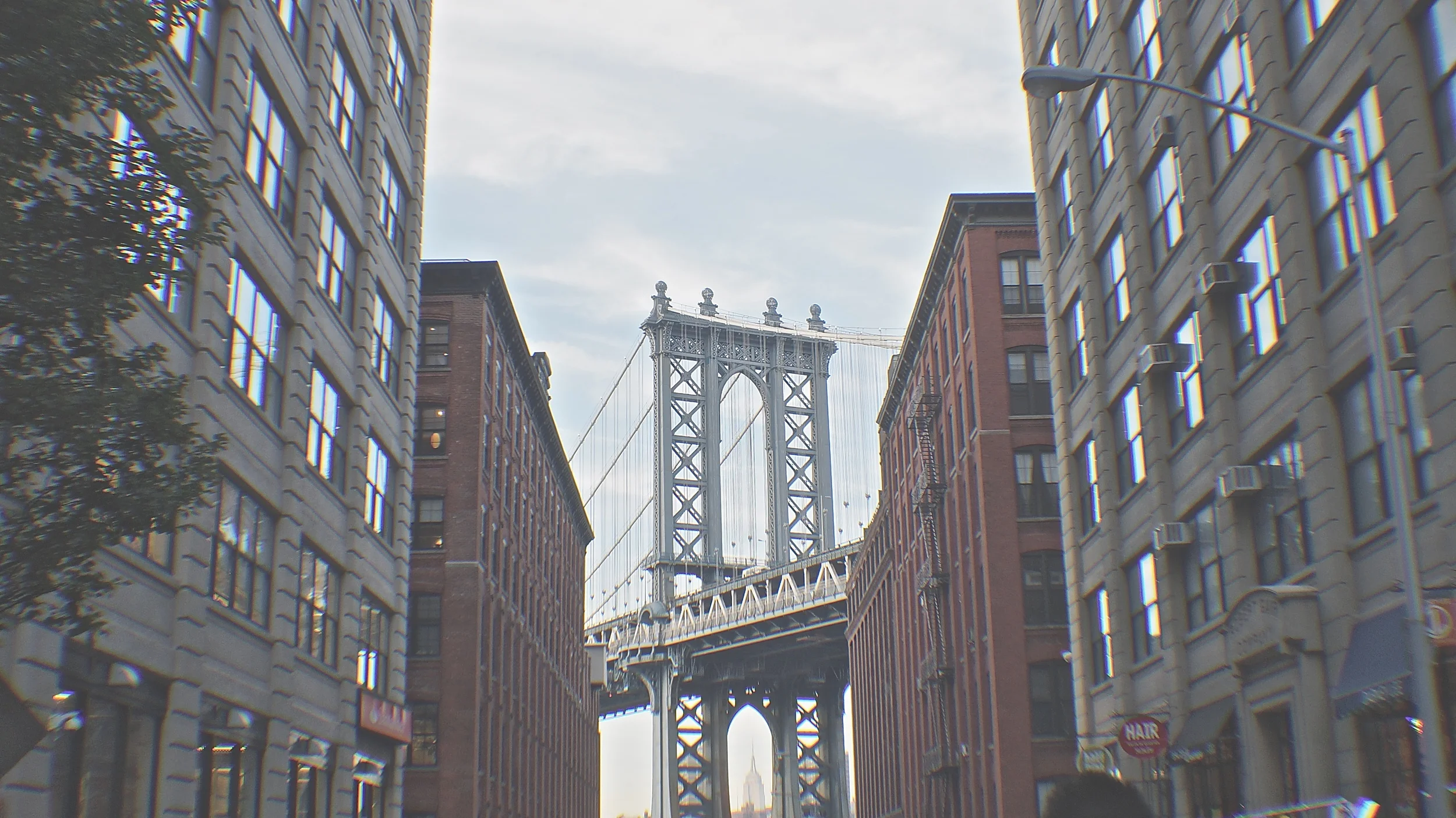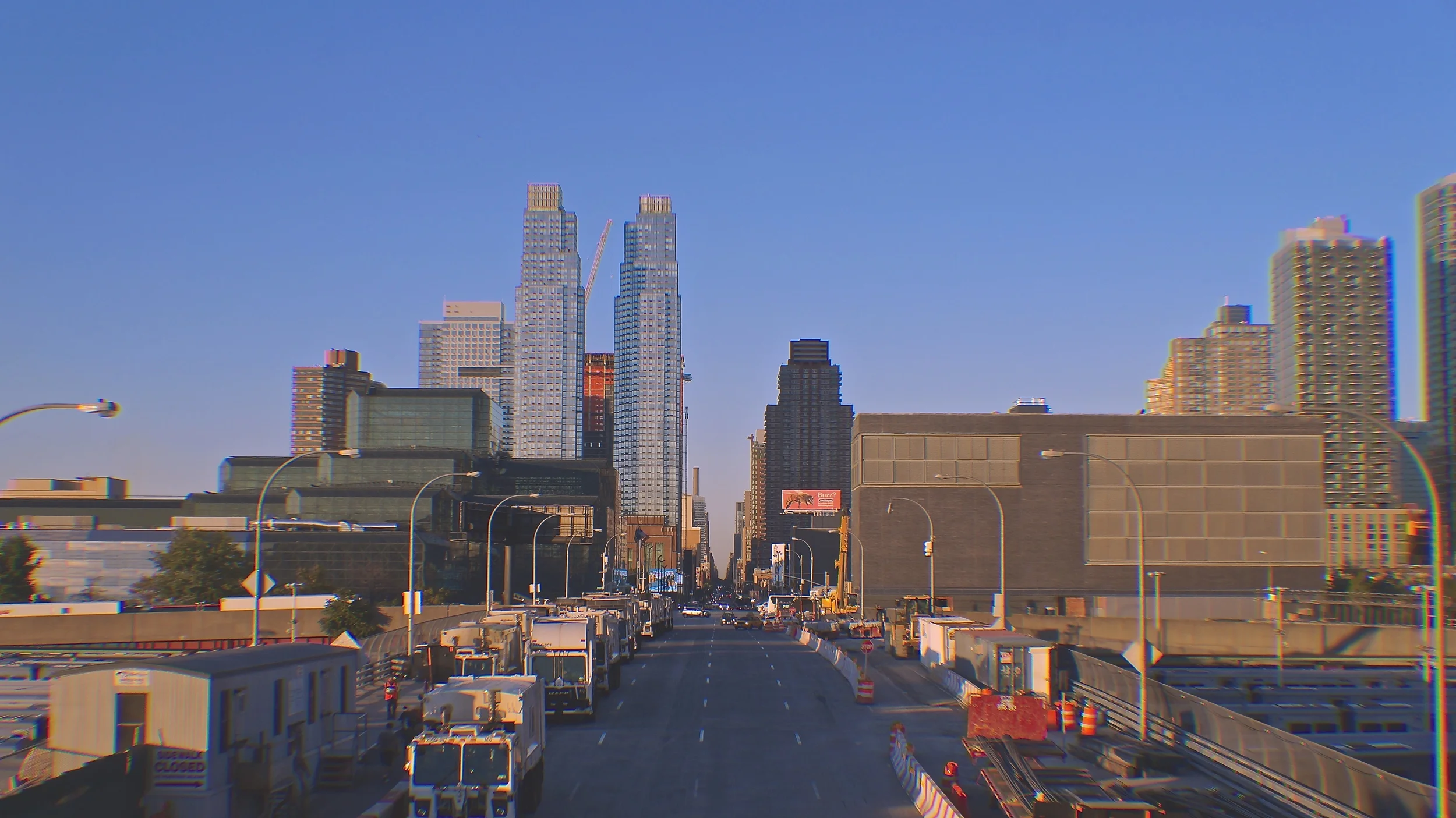I originally wanted to write a short list of things that I found different and delightful during my trip in Japan. It's evolved into a longer reflection on city planning and infrastructure, umbrella culture, the train system, shops, and restaurants. Hopefully, if you are a new to Japan, this gives you some context before you travel and if you have already been to Japan, I hope you're nodding along and have found this amusing. Feel free to chime in if any of my hypotheses are incorrect.
On City Planning and Infrastructure
Finding the address for a building is particularly difficult since it’s seldom written on the front of the building. In Google maps, certain smaller streets do not have street names. Navigating it without Google Maps actually proved a challenge. From largest to smallest division, it goes prefecture, municipality, ward, district, town, village. (See full explanation.)
Meticulous design ethos presents itself throughout my experience in Japan. To no surprise, most building infrastructures rely on motion-sensor technology to automate doors, escalators, and lighting. Sliding doors open and close fluidly and quietly from a perfect distance. Escalators will turn on when it notices people approaching. Elevators have an extra set of buttons slightly lower for the handicapped. Bathrooms are widely available, tidy, and again, mostly automated. Yes, there are fancy heated toilet seats with the electronic bidets.



On Umbrellas
Buildings will leave umbrella stands at the entrance. Umbrella bagging stations are usually available if there are no stands and you need to carry your umbrella inside. Museums have an even better system where you can check your umbrella in an umbrella stand, lock your umbrella and take the key with you. My take on this is that at museums, there are more tourists. Therefore, some of whom might not respect the Japanese traditions of respecting other people's property. Here's a post on umbrella theft.
Many people buy clear umbrellas because they’re cheap and widely available, but I suspect it’s because it’s easier to see where you’re going while navigating the crowded streets of a major metropolitan city in Japan. More on umbrella culture here.
On Trains
TLDR:
- Google-map it and figure out which station and line you're going to take.
- Buy and fill up an IC prepaid card
- Figure out which direction you're going. Not sure? Ask the station manager at the gate. They'll tell you which track number to go to.
- Board the train. Then, watch the displays or listen to the announcement for your stop.
Details:
Major subway stations consolidate modern day conveniences in one location. Mall complexes surround the subway station with department stores on each floor and food shops located in basements or upper floors. In these large stations, overpasses and underpasses allow passengers to traverse from one side of the station to another. These stations also have convenient amenities like ATMs, coin lockers to store luggage, ticket offices, and rows of ticket vending machines.
Buying tickets can be confusing since there are a few ways to purchase tickets. One of which is indicating and destination and buying one-off tickets. Another is buying an IC card that you fill up and place against a scanner as you enter and exit. The turnstile will deduct the right amount based on which station you entered from and exited to. There are 10 major types of IC cards available depending on which city you are traveling in but most cards are compatible for all cities. Using these IC cards saves you the headache of figuring out how to buy individual tickets from the various train companies.
Upon entering, commuters follow the directions marked on signs and the ground to keep left (or right). Making the subway station look like flowing streams of humans. Train stations usually have multiple train lines connected underground so transferring between lines is not difficult and one can avoid going above ground. On the subway platforms, electronic displays indicate accurate arrival times.
Platforms have markers where the subway doors will open and which car number you will enter into. People wait in line by the door markings on the platform(or create multiple orderly lines already demarcated on the platform floor. There are designated trains cars for women during rush hour. (Train platform photos below are credited to rachelheller.org)




In the train cars themselves, there are many straps hanging throughout the train car for passengers to hold. The seats are soft and plush.
The experience of riding the train always felt pleasant despite a crowd. When it got crowded during rush hour, people were courteous and walked as far in as they could to not block the doors. Since the straps were spread throughout the train, everyone had something to hold onto.
On longer rides like the ones on the Shinkansen, long distance bullet trains, it's a slightly more complicated experience. Everyone purchases tickets for reserved or non-reserved seats at a specific time. Shops on or near the platform sell drinks, snacks, sandwiches, and various bento boxes. There are waiting rooms on or near the platforms, so you're not stuck in the cold.
On Shops
People here actually treat writing as a common means of communicating and thus stationery stores can flourish. There are two multi-storied stationery stores in Ginza called G.Itoya and K.Itoya dedicated to all things pens, paper, and stationery. (Images below from matcha-jp.com)




Flower stands arrange and present their variety of flowers exquisitely. My favorite shop in Tokyo is Aoyama Flower Market.
Aoyama Flower Market (Photo credit to anakjajan.com)
Fruit is given the luxury treatment here and cost exorbitant amounts like $90 for a musk melon. I got the opportunity to visit Tokyo Midtown's Sun Fruits. Check out this article about why fruit is so expensive. (Photos below from theinspiredhostess.com)



On Restaurants
There are so many types of restaurants among Japanese cuisine: we all know sushi, yakitori, and ramen. There are so many more specialities like soba, udon, donburi, yokusho, kushikatsu, teppanyaki, tempura, takoyaki, taiyaki, mochi, oden, and yakiniku. Here's a more comprehensive list.
When you arrive at an izakaya, the whole staff will enthusiastically greet you. There might be a small menu by the bar. A more casual restaurant like a ramen restaurant might have a vending machine in the front, which you can select your order, pay, and hand your ticket to the staff. This saves the need to hire a cashier and you can leave right after you've finished eating. No need to flag down a waiter for the bill. When you get seated, you can hang your coat by wall hooks. Some restaurants with more space will have baskets by your seat to stow your bag in the basket instead of dropping it on the floor. The staff will pour you a glass of water and give you a prepackaged wet towelettes or a warm towel to clean your hands, which is just a delightful way to prepare for your meal.
After you finish your meal, some of the smaller restaurants will ask that you bus your own bowls and dishes and bring it to the tray to the bussing station. Regular restaurants will give you the bill as they bring your order as well, which you will bring up to the register to pay. At upscale restaurants, the process is quite similar to a western restaurant's.
On Workers
Everyone performs their job with great care and dedication. Everyone wears their respective uniform. From the more obvious uniforms like traffic guards, station managers, and salarymen to the waiters, baristas, and shopkeepers. Even the school children have uniforms from elementary school caps to high school uniforms. People care about details—the sweepers at the parks meticulously sweep pebbles to the sides or clear the sidewalks, the shopkeepers stock the shelves positioning their wares neatly, and the deliverymen carefully sort and store their parcels.
Employees provide excellent service no matter if the shop is a luxury store or a convenience shop. Staff will greet everyone warmly with a smile and a bow, thank you multiple times, and bid you farewell with a smile and a bow as you exit.















